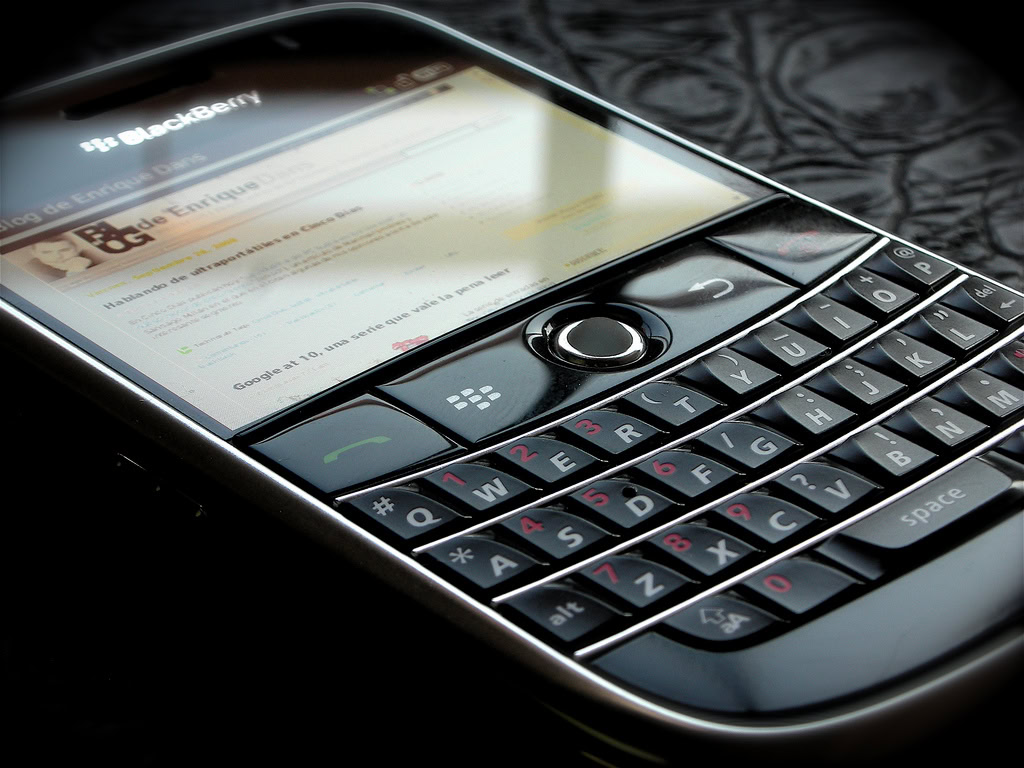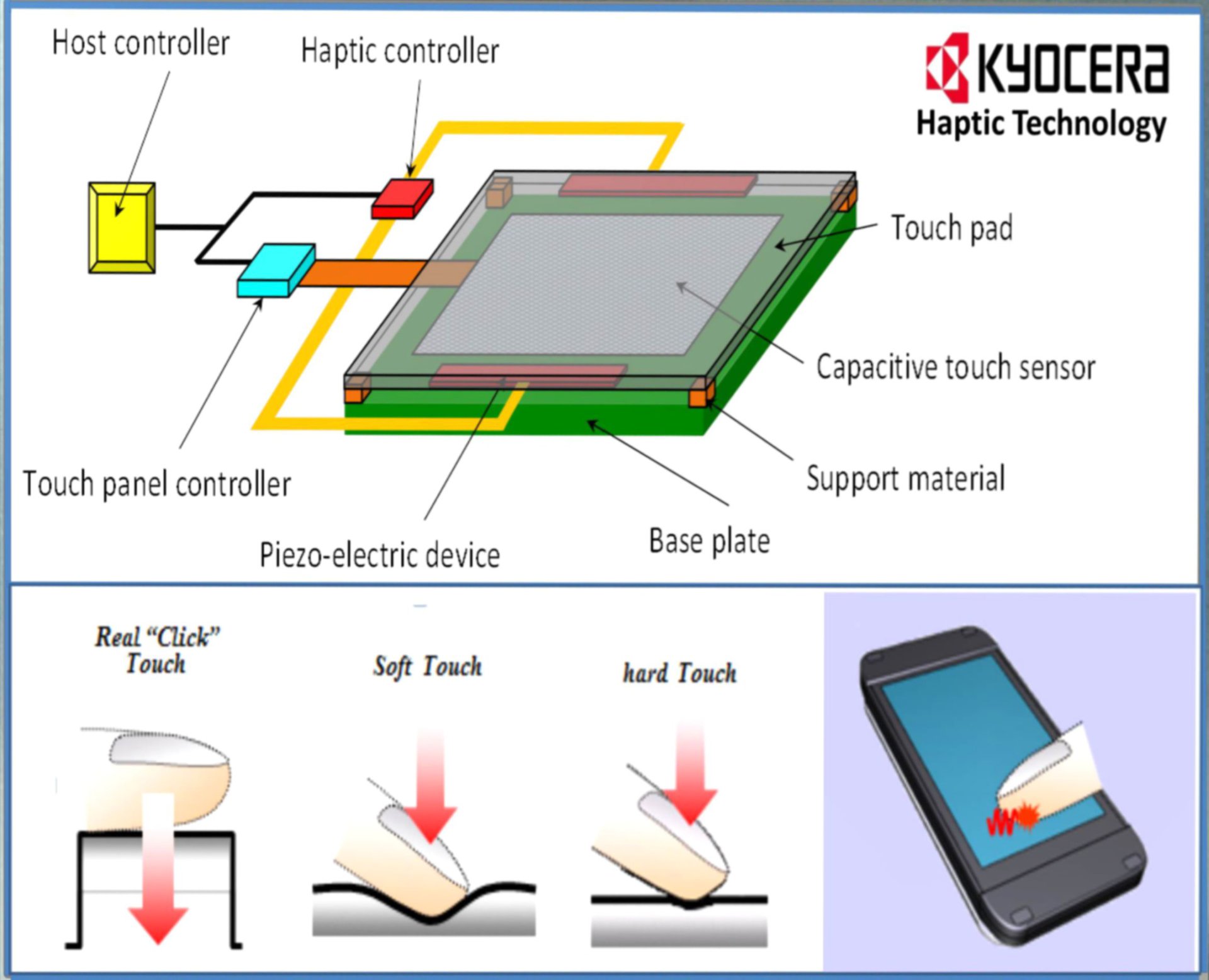Affiliate links on Android Authority may earn us a commission. Learn more.
Kyocera's 'Haptivity' will bring force feedback to touch screens

Regardless of how much we get used to touch screens, they never compare to mechanicla buttons and the confidence they provide. Feedback is an important part of operating technology with conviction, something we have lost with touch-operated smartphones. Why do you think cameras still use actual buttons, as do remote controls? A touch screen forces us to use our mobile products in a very visually dependent way, something Kyocera aims to change with its new display technology.
Kyocera calls it “Haptivity”, which seems like a clever play-on-words with “haptic feedback” and “activity”. With it, the company claims they can achieve the closest to actual “real touch feeling and force feedback” any touch screen has ever accomplished.

For example, when using an on-screen keyboard, this technology is said to offer the sensation of actually using a physical one. Kyocera did its homework when researching this issue, as they are digging deep into human physiology to get this all set up. Because force feedback is nothing but the stimulation of certain nerves, that is exactly what this process will do.
Haptivity can give you a certain sensation (hard, soft, displacement, etc.) by stimulating the Pacini nerve in your finger. This operates via a two-step process. When pressing a button, for example, this technology will create the illusion of the pressure and slight movement that real keys are characterized by. After pressing harder, the system creates that actual click we love so much.

In essence, Haptivity is playing with your brain to get the desired results we lost with the adoption of touch screens. Kyocera states this technology will be used in their own future products, but with enough adoption it may very well make it to other manufacturers. We certainly can’t wait to test it and see if it’s really all that!